Research Methods for the Behavioral Sciences, 5th Edition Frederick J Gravetter – Test Bank
Chapter 5
|
1. The group of individuals from which researchers actually select participants for research studies is called the ____ population. a. accessible b. target c. representative d. real ANSWER: a DIFFICULTY: Easy REFERENCES: 5.1 Introduction to Sampling LEARNING OBJECTIVES: GRAV.METH.16.05.01 – Describe the relationship between a sample and the population (both target and accessible) in a research study and explain the importance of obtaining representative, as opposed to biased, samples. KEYWORDS: Bloom’s: Understand |
|
2. Although a research question usually concerns the ____, the actual research participants are selected from the ____. a. target population; accessible population b. accessible population; target population c. target population; sample d. accessible population; sample ANSWER: a DIFFICULTY: Moderate REFERENCES: 5.1 Introduction to Sampling LEARNING OBJECTIVES: GRAV.METH.16.05.01 – Describe the relationship between a sample and the population (both target and accessible) in a research study and explain the importance of obtaining representative, as opposed to biased, samples. KEYWORDS: Bloom’s: Understand |
|
3. Dr. Cummings conducts an experiment on memory using participants above the age of 65. All people above the age of 65 would make up the ____. a. sample b. census c. population d. subgroup ANSWER: c DIFFICULTY: Easy REFERENCES: 5.1 Introduction to Sampling LEARNING OBJECTIVES: GRAV.METH.16.05.01 – Describe the relationship between a sample and the population (both target and accessible) in a research study and explain the importance of obtaining representative, as opposed to biased, samples. KEYWORDS: Bloom’s: Apply |
|
4. Dr. Garza conducts an experiment on memory using participants above the age of 65. Because she cannot include all people above the age of 65, she will selects what is known as a ____. a. sample b. census c. population d. subgroup ANSWER: a DIFFICULTY: Easy REFERENCES: 5.1 Introduction to Sampling LEARNING OBJECTIVES: GRAV.METH.16.05.01 – Describe the relationship between a sample and the population (both target and accessible) in a research study and explain the importance of obtaining representative, as opposed to biased, samples. KEYWORDS: Bloom’s: Apply |
|
5. A major goal of research is to ____ from a small group of participants included in a study to the larger group from which they came. a. deduce b. generalize c. specialize d. reason ANSWER: b DIFFICULTY: Moderate REFERENCES: 5.1 Introduction to Sampling LEARNING OBJECTIVES: GRAV.METH.16.05.01 – Describe the relationship between a sample and the population (both target and accessible) in a research study and explain the importance of obtaining representative, as opposed to biased, samples. KEYWORDS: Bloom’s: Apply |
|
6. Which statement accurately describes the relationship between accessible populations and target populations? a. The target population is contained within the accessible population. b. The target population is also sometimes known simply as the population. c. The accessible population is larger than the target population. d. Everyone in the accessible population will participate in the research. ANSWER: b DIFFICULTY: Moderate REFERENCES: 5.1 Introduction to Sampling LEARNING OBJECTIVES: GRAV.METH.16.05.01 – Describe the relationship between a sample and the population (both target and accessible) in a research study and explain the importance of obtaining representative, as opposed to biased, samples. KEYWORDS: Bloom’s: Understand |
|
7. Although it is possible to obtain a sample with characteristics that are very different from the population through random sampling, it is more likely that a nonrepresentative sample is the result of ____. a. simple random sampling b. selection bias c. stratified selection d. systematic selection ANSWER: b DIFFICULTY: Moderate REFERENCES: 5.1 Introduction to Sampling LEARNING OBJECTIVES: GRAV.METH.16.05.01 – Describe the relationship between a sample and the population (both target and accessible) in a research study and explain the importance of obtaining representative, as opposed to biased, samples. KEYWORDS: Bloom’s: Apply |


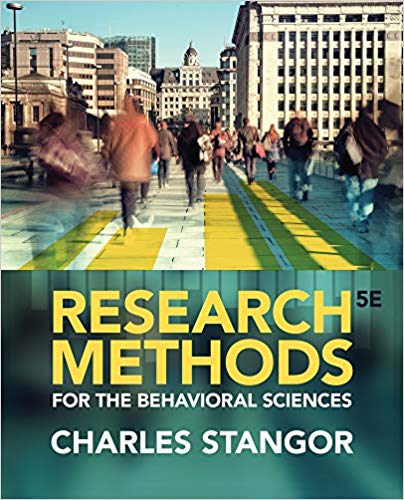
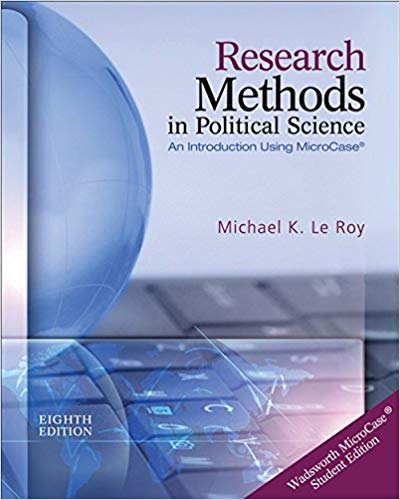


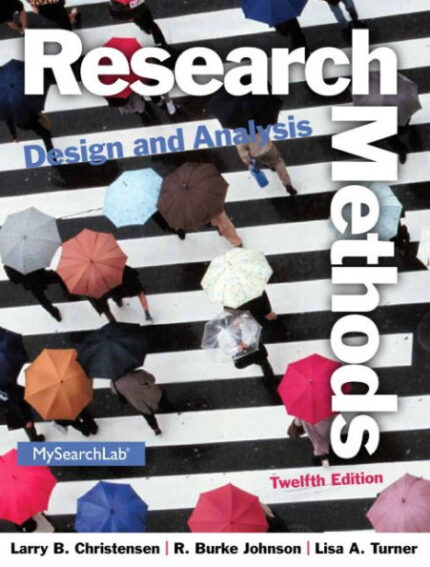

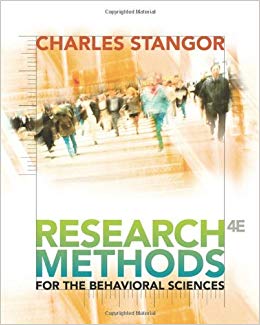




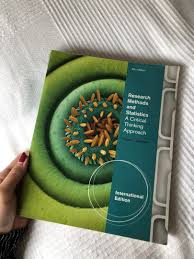
Reviews
There are no reviews yet.